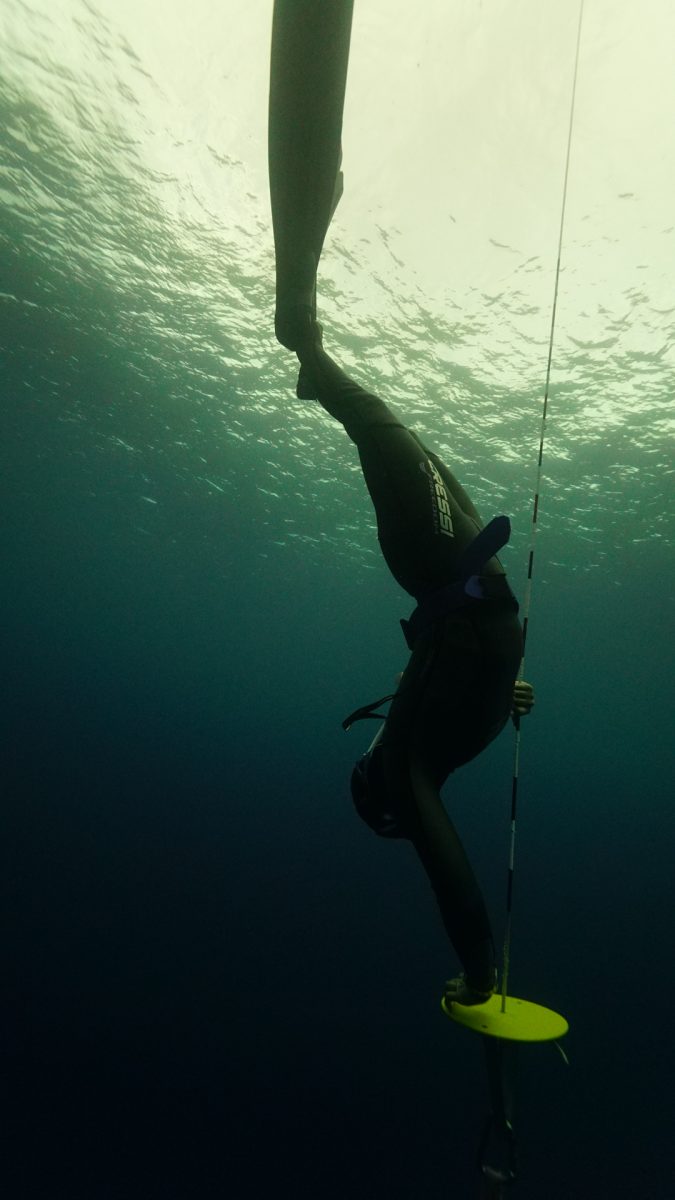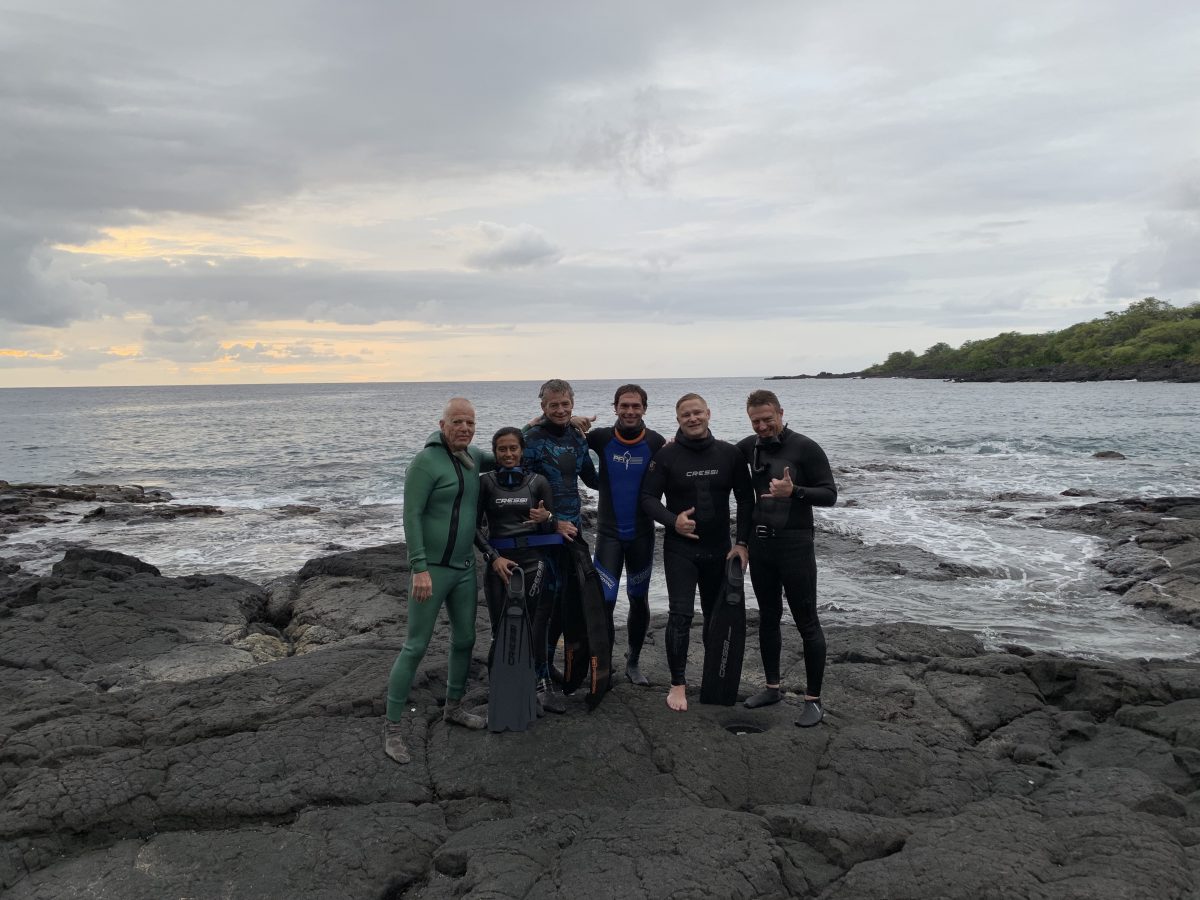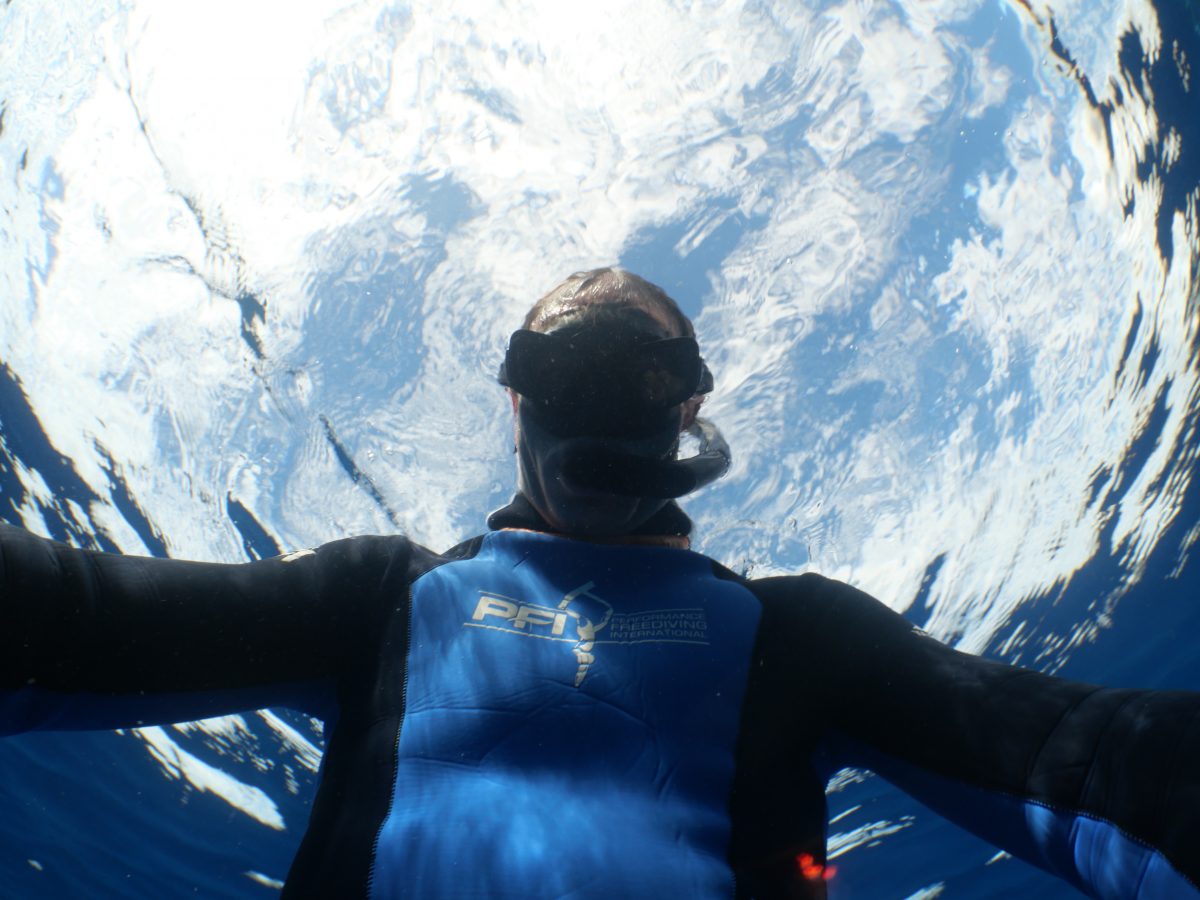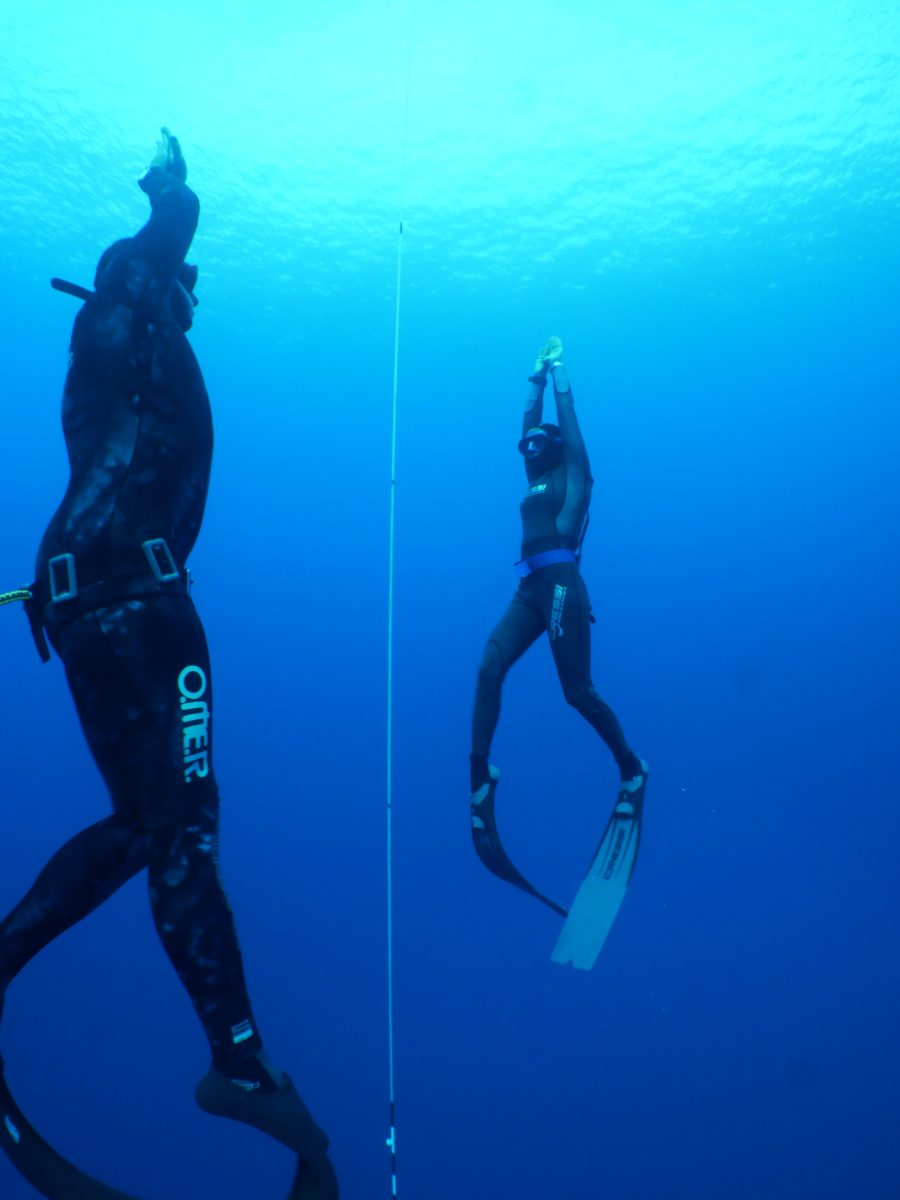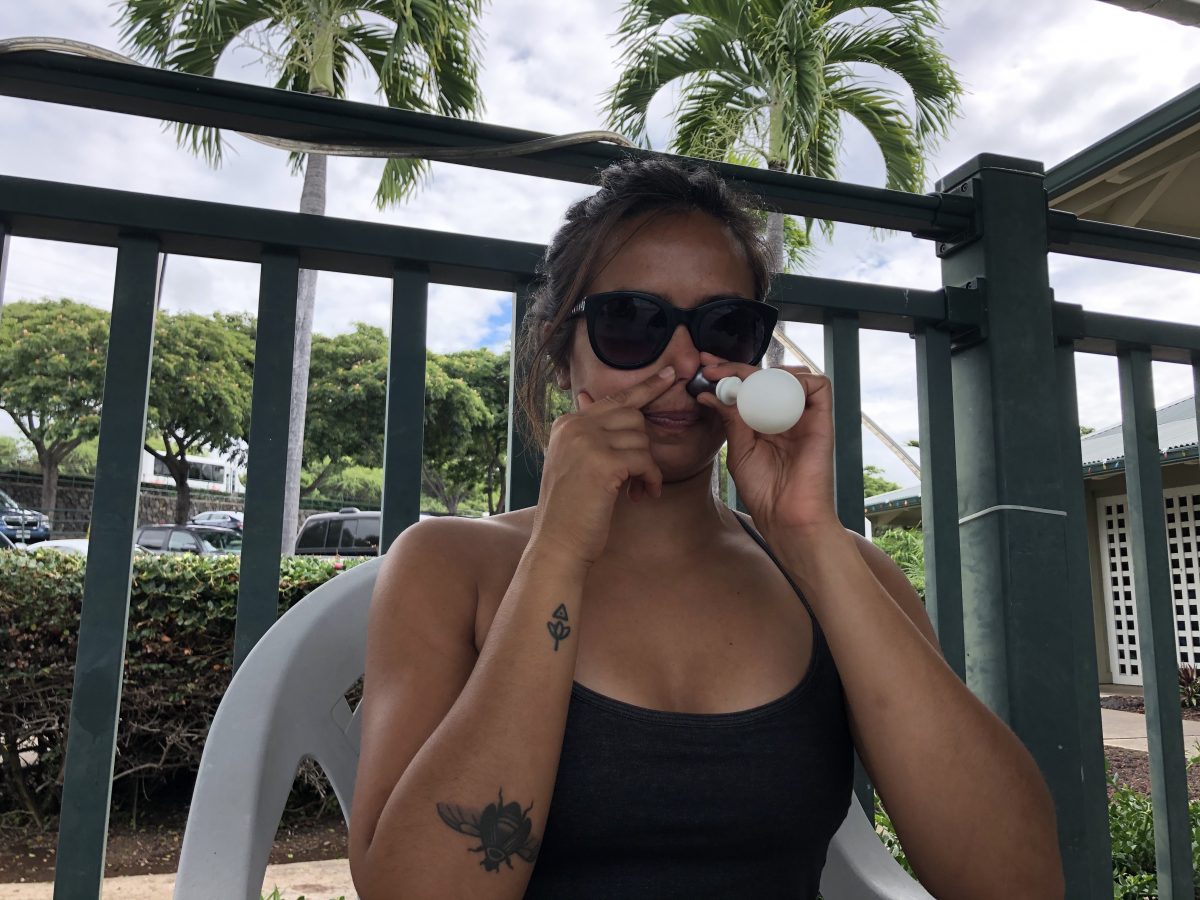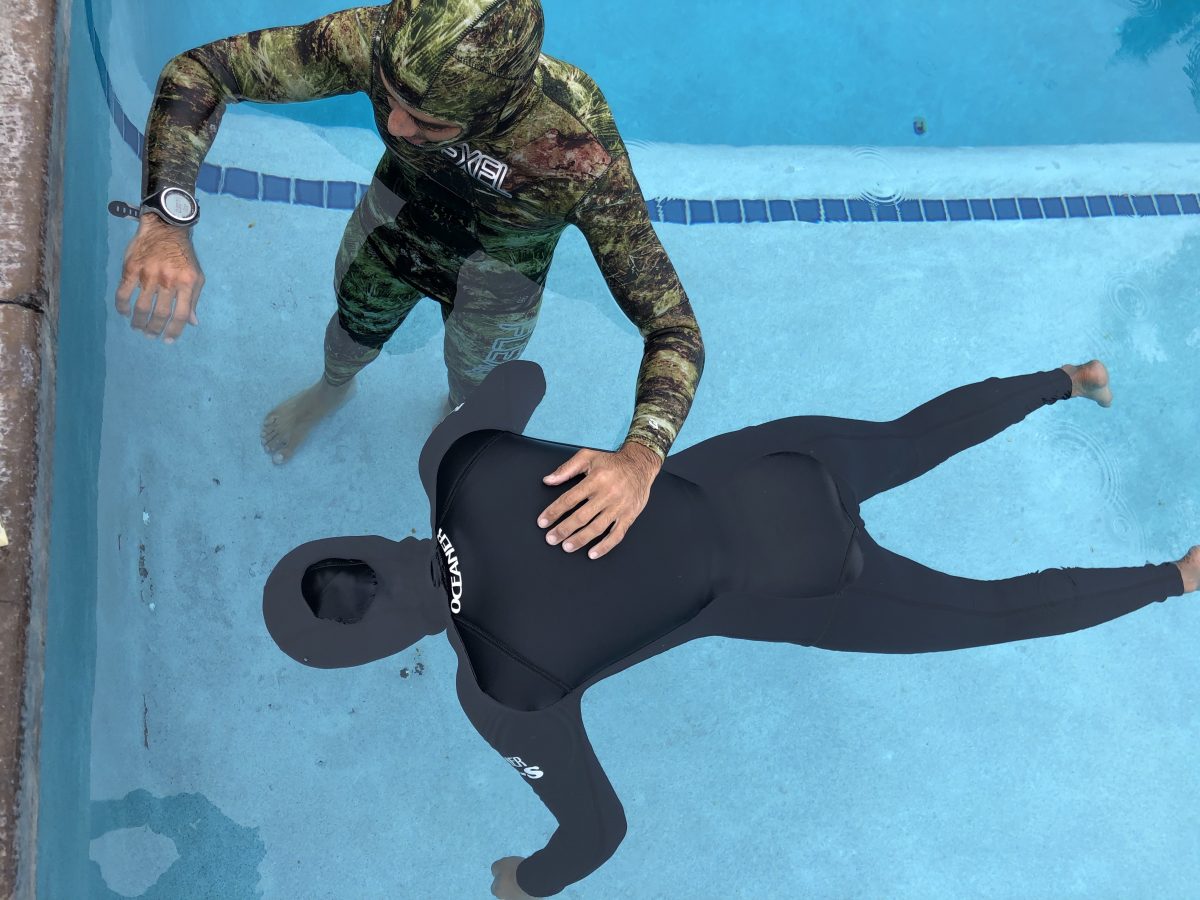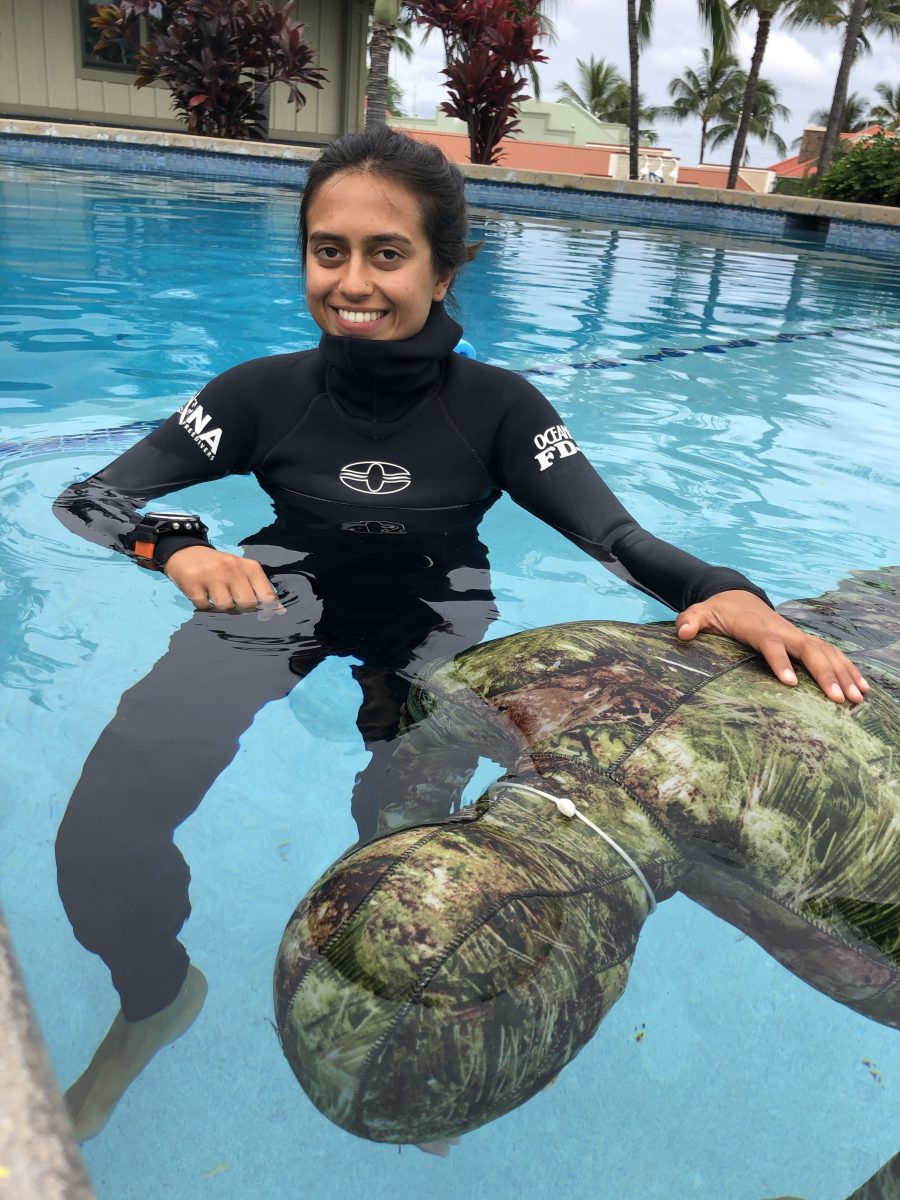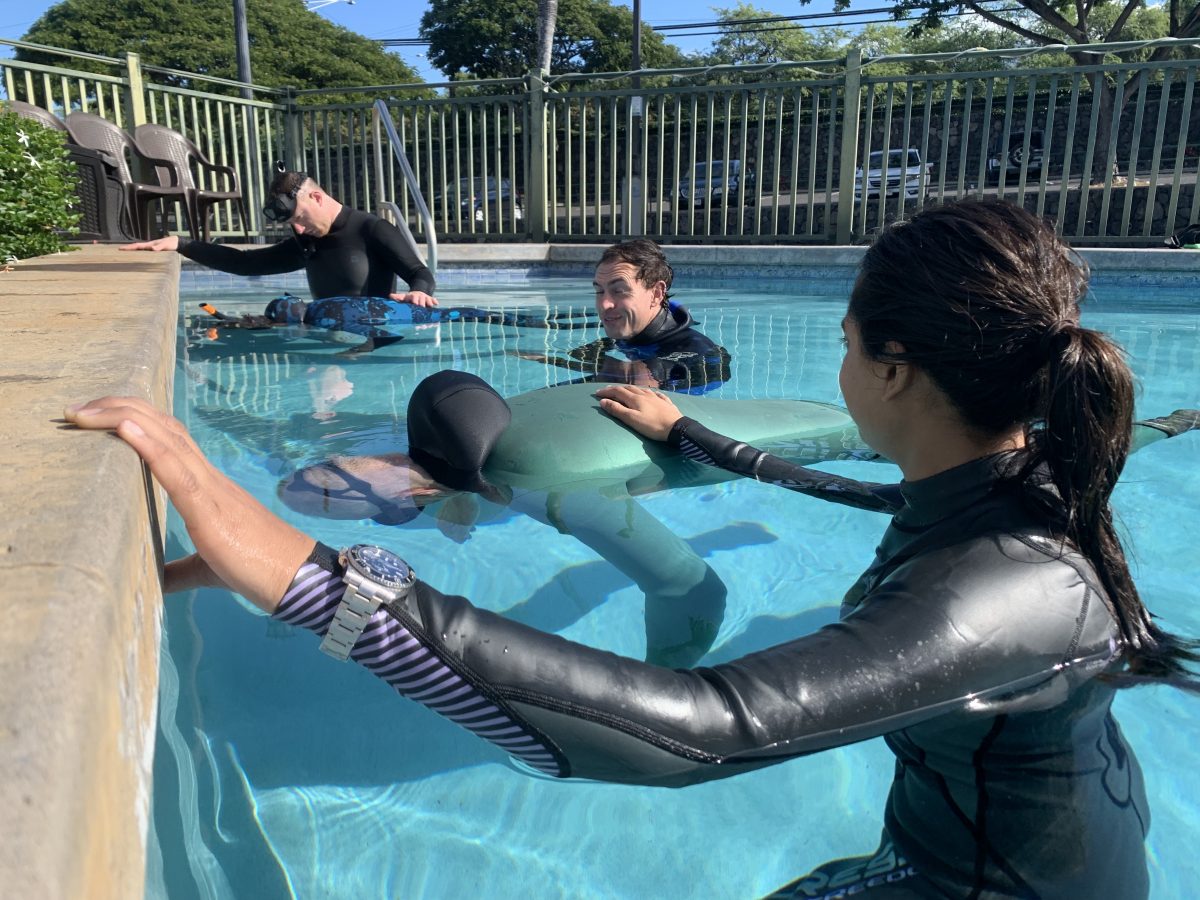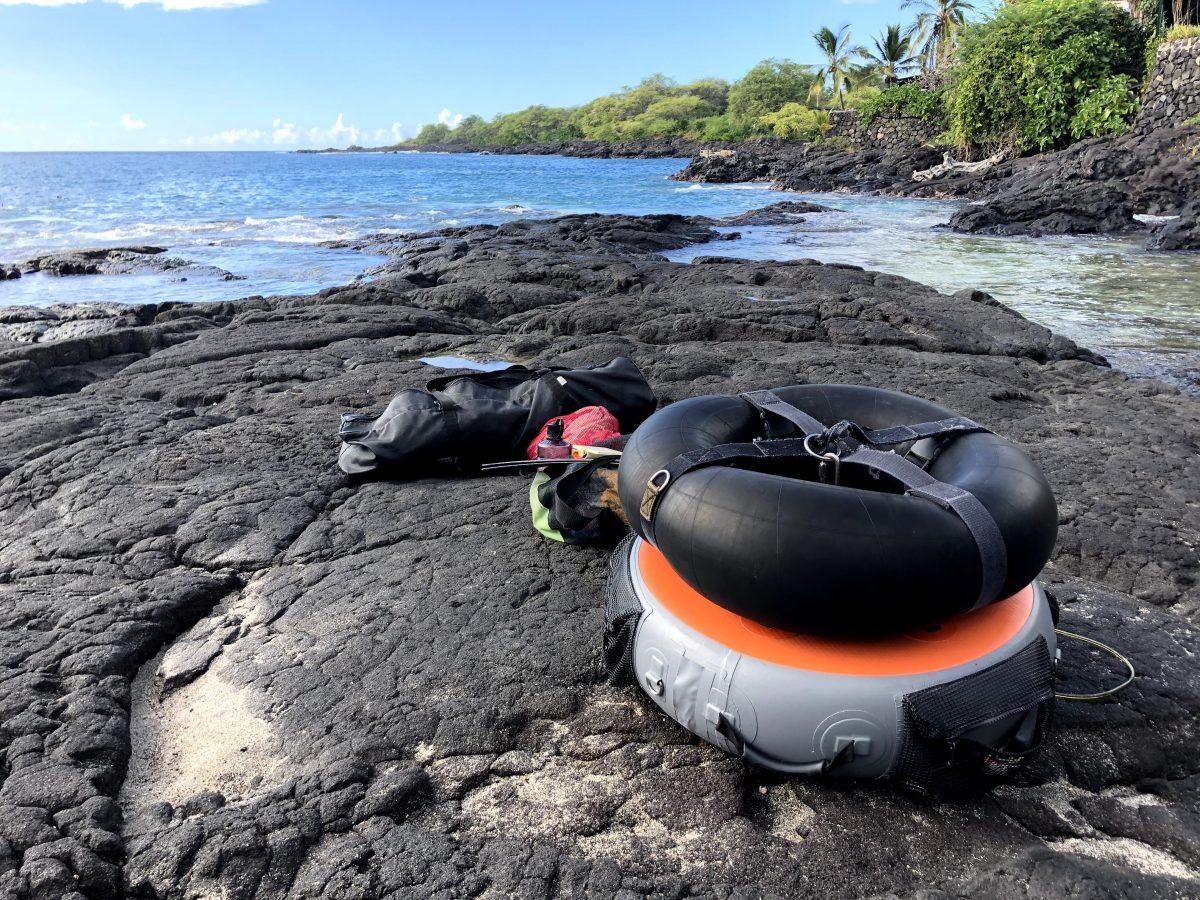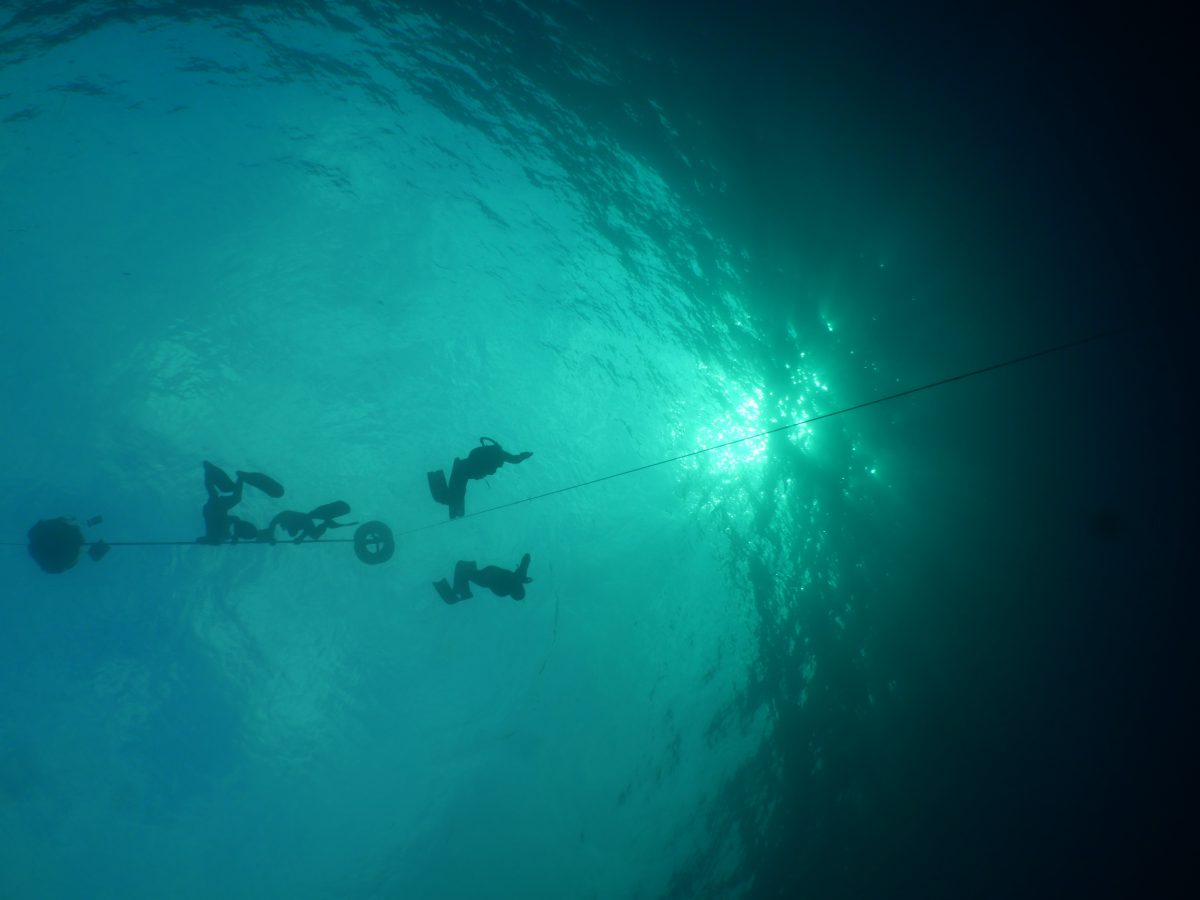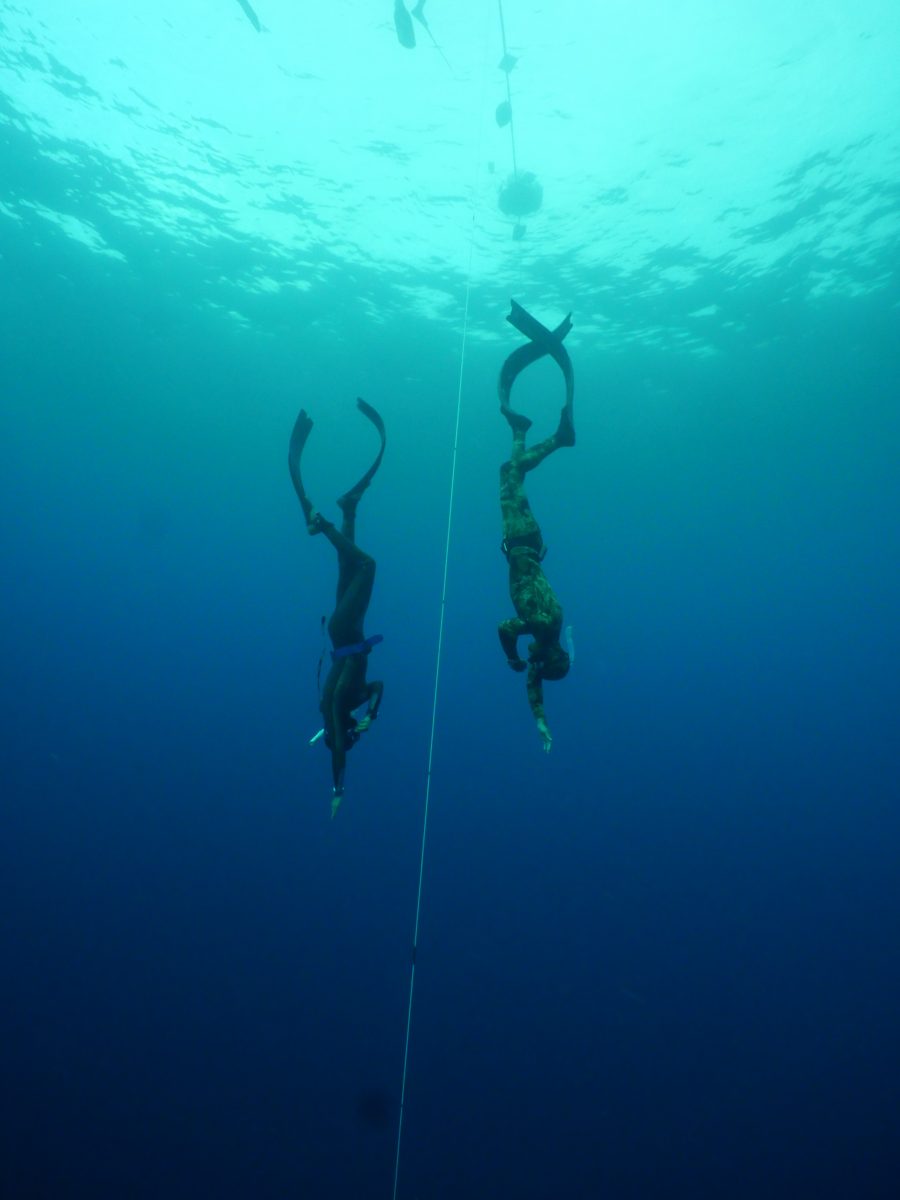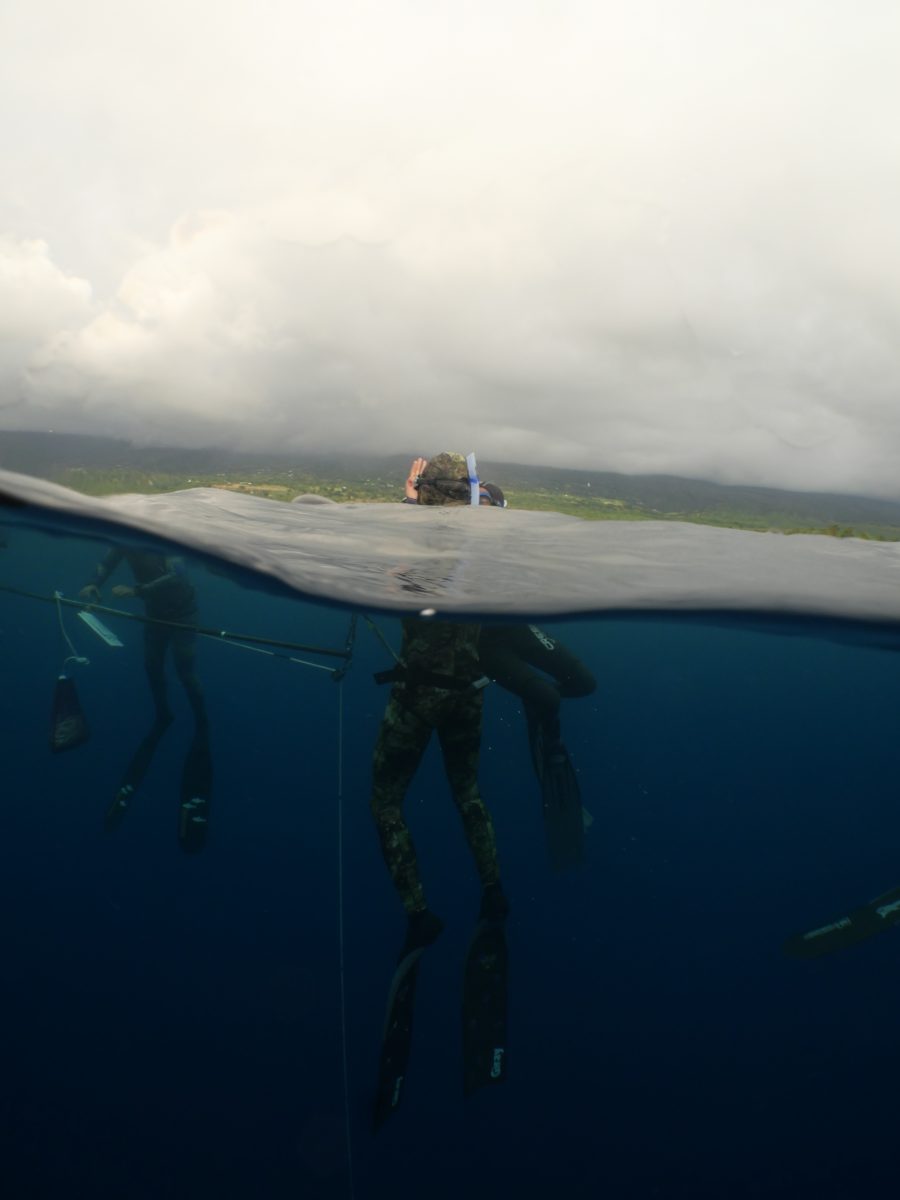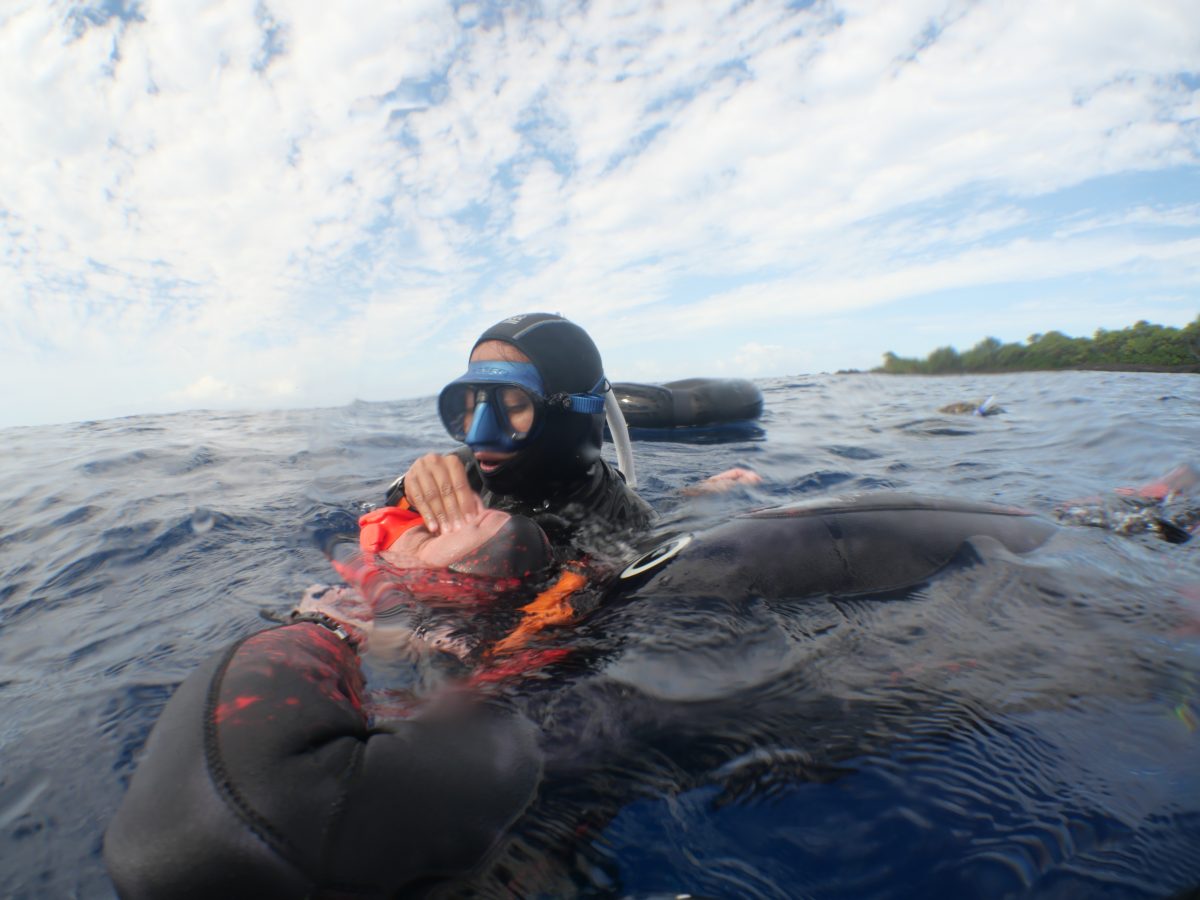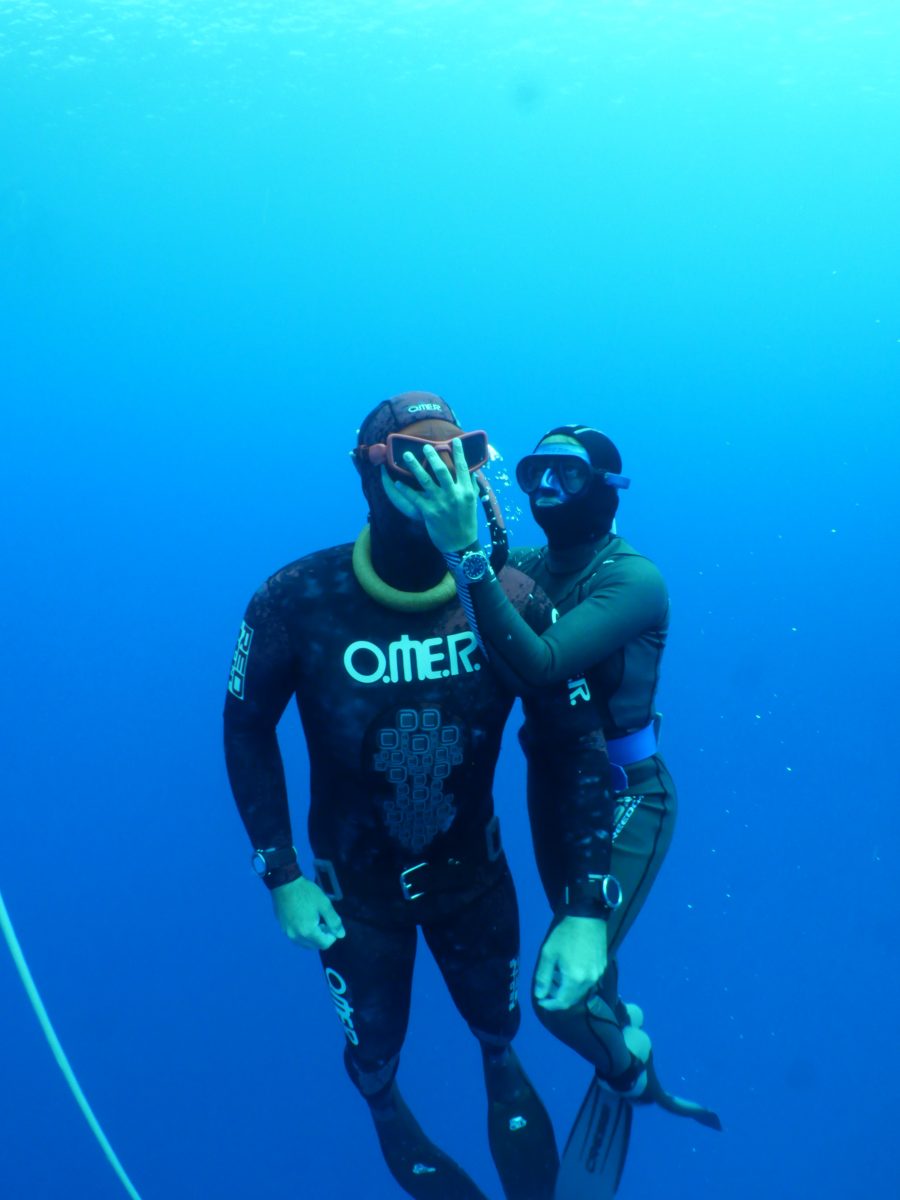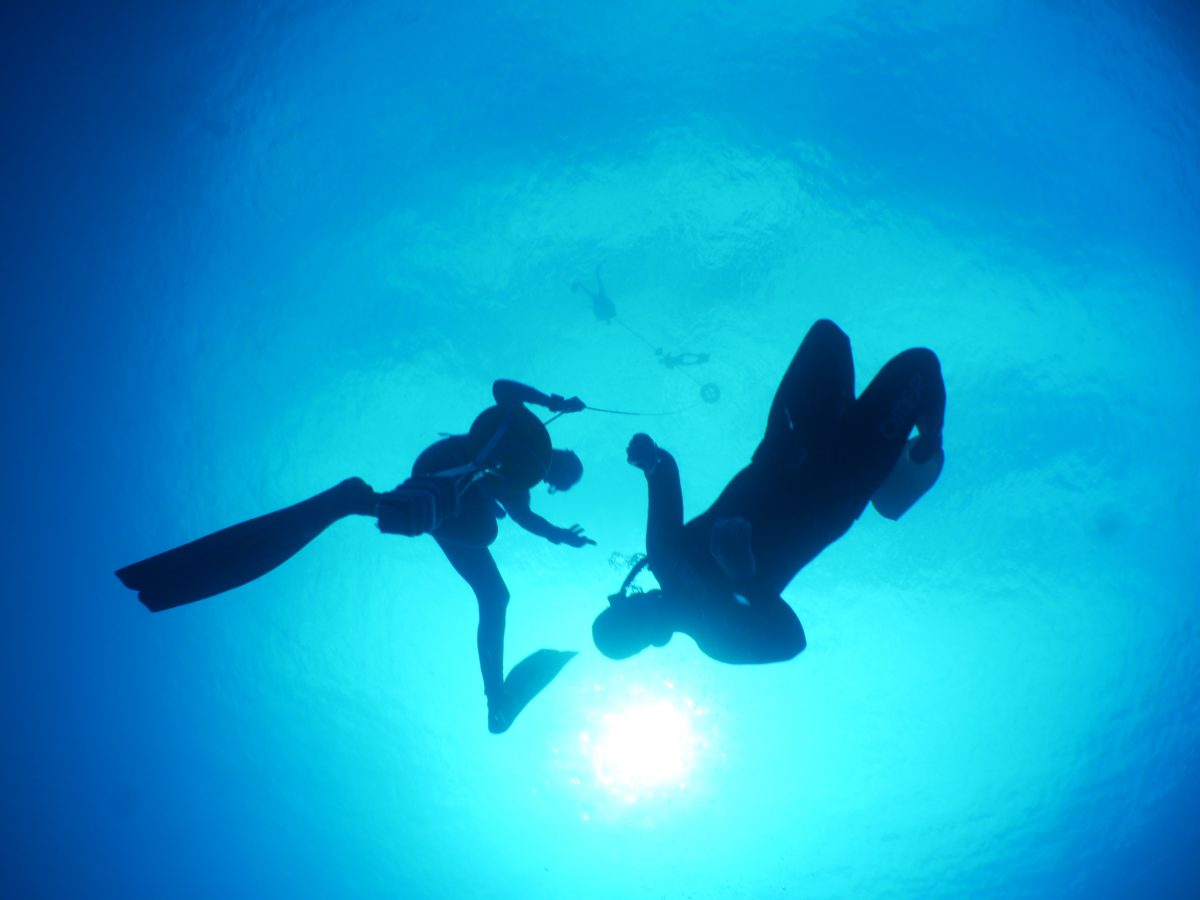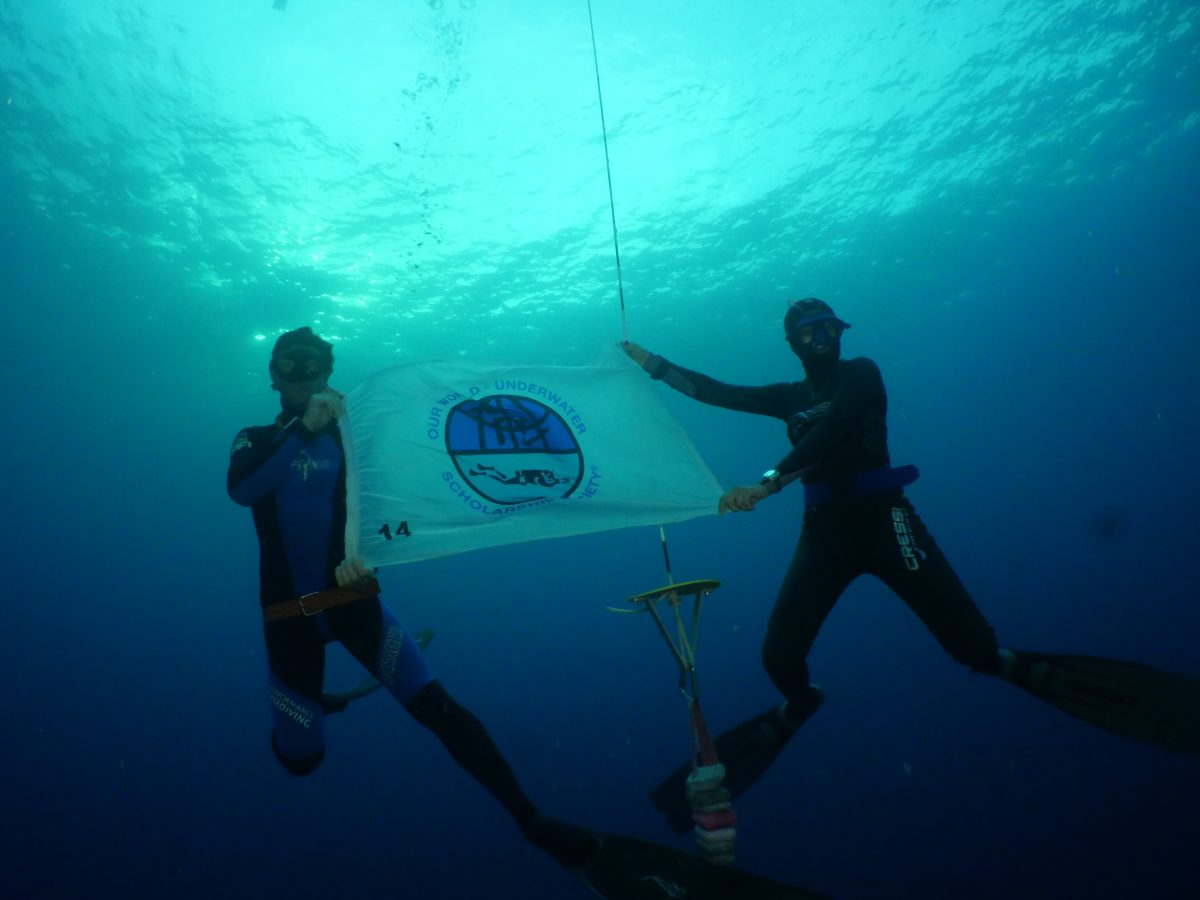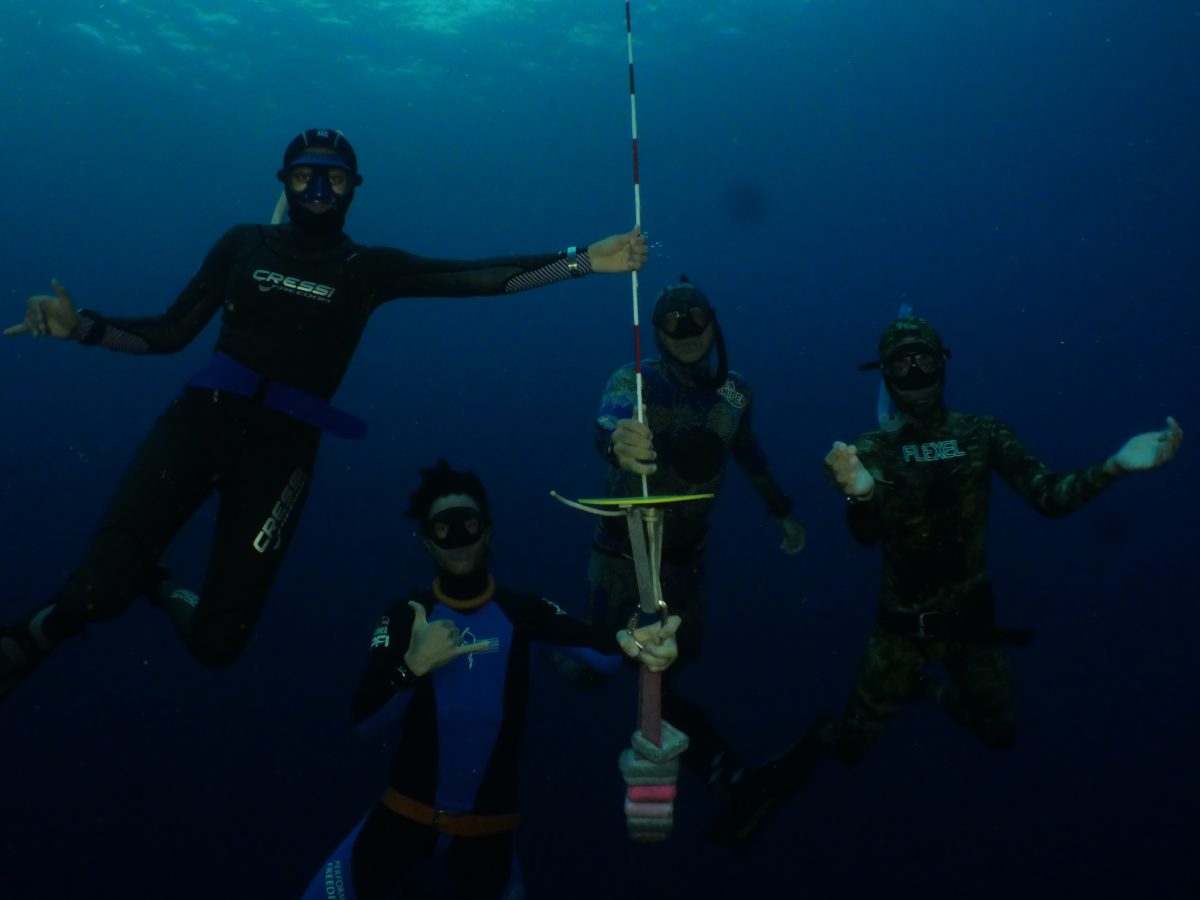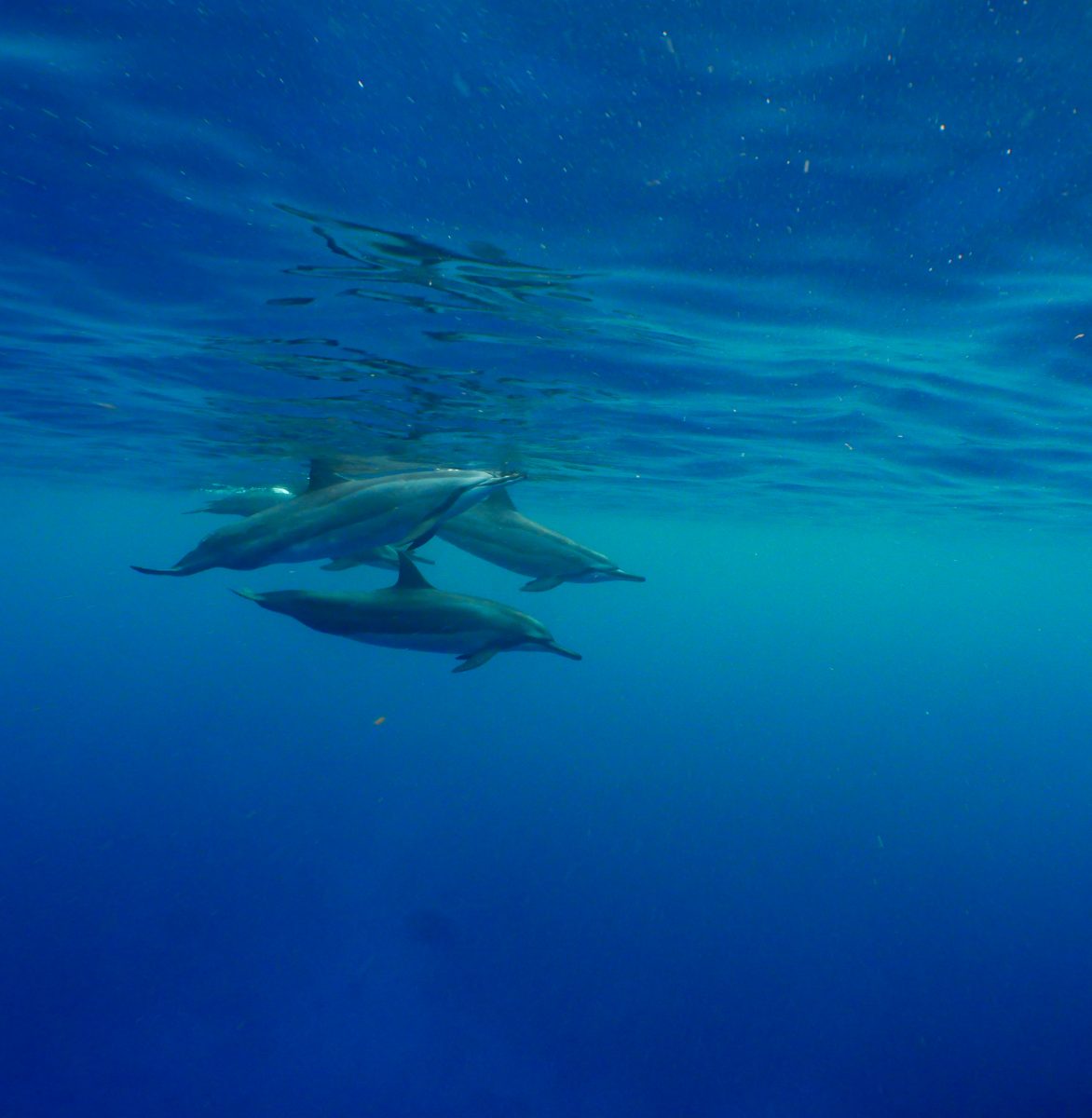I have retired the tank for the last couple of weeks to plunge into the realm of freediving. I flew into Kona, Hawaii to join Ryan Reed of Performance Freediving Academy for 20 intense days of training. Performance Freediving Academy, started in 2000, is one of the leading freediving schools globally. Their founder Kirk Krack wrote some of the first formal and safety oriented training programs for breath hold diving, as they didn’t really exist. This training program has been used over the years to teach Special forces, firefighters, big wave surfers, and actors skills to be able to push themselves mentally and become comfortable in the water. Kirk has actually just returned from 2 years in New Zealand working with the cast and crew of the next Avatar Movie.
This past year, Performance Freediving Academy has merged with the International Training organization to form Performance Freediving International or (PFI). International Training now forms an umbrella organization who are comprised of PFI along with SDI (Scuba Diving International), TDI (Technical Diving International), and ERDI (Emergency Response Diving International). It is an exciting thing to have all these reputable organisations in one place!
So what is Free diving?
For millennia people like the Ama women of Korea, or the Bajan people of Malaysia who are dependent on the sea for survival have been getting in the water for the purpose of feeding themselves. Holding their breath, they would submerge themselves for minutes at a time in the pursuit of food. But as humans, who like to test our limits, freediving was developed as a formal competitive sport with many different disciplines in the 1970s. Athletes began to breathhold dive to see how deep they could get, or how long they could hold their breath. From this we have learnt incredible things about human physiology and stretched the limits of what was thought to be possible.
Freediving is an incredible sport, and as I was planning my year, I knew I wanted to do some training in the discipline. Since last year Performance Freediving Academy and CRESSI have been supporting OWUSS scholars in this quest. I did a whole slew of courses back to back, and ended up a certified instructor for the first level Freediver course. (WOOO!) Seeing my mental and physical progression through the training was transformative for me, and I am constantly boggled at what our bodies are capable of.
Starting with the Intermediate level course we went through a lot of the physiological and psychological theory necessary for breath hold. Before we got into the ocean we spent a lot of time in the pool working on breathing, diving, and kicking techniques, as well as safety drills.
A hugely important mental skill is working on Static Apnea. This is a discipline where one lies face down in the pool in a completely relaxed state to hold their breath as long as they can. It is extremely difficult psychologically as you know there is air you can breath inches away from your face. It feels horrible! Your whole body literally heaves as your chemoreceptors, and stretch receptors around your lungs try to get your body to breathe. It is totally a test of mind over matter. This is one aspect of freediving that I find extremely appealing. It is an exercise of the mind as much as it is an exercise of the body. In fact, Ryan has done courses for corporate retreats, or even for people wanting alternative tools to deal with anxiety as the breathing techniques and mental skills used in freediving and static apnea are so applicable to mental stresses we deal with in every day life.
After a couple days of this we finally got to the ocean! Kona is the freediving capital of the USA. It is so known because the ocean gets quite deep pretty close to shore, and the visibility and temperature are quite good year round. Honaunau, a national park quite close to Kona is the ideal freediving spot as it is also quite sheltered. We literally went there almost every day for two weeks.
Though freediving is a great tool to explore beautiful places, or spearfish, training is usually done to simulate competitive freediving scenarios. This means that every day when we got to the ocean we would set up a system of floats and lines that we could swim out to the mooring buoys and drop a line to our target depths for the day. Our first couple days on the line we would warm up with a 5 minute facial immersion, as well as some warm up dives. These activities are vital to kick in the Mammalian dive reflex. This physiological wonder, that is an evolutionary remnant of our watery origins, manifests in shunting of the blood to the vital organs, a slowing of the heart rate, and splenic contractions pumping more red blood cells into the body thereby increasing oxygen carrying capacity. The heart rates of professional freedivers have been recorded as low as 9 bpm at depth. THAT IS JUST INSANE!!!
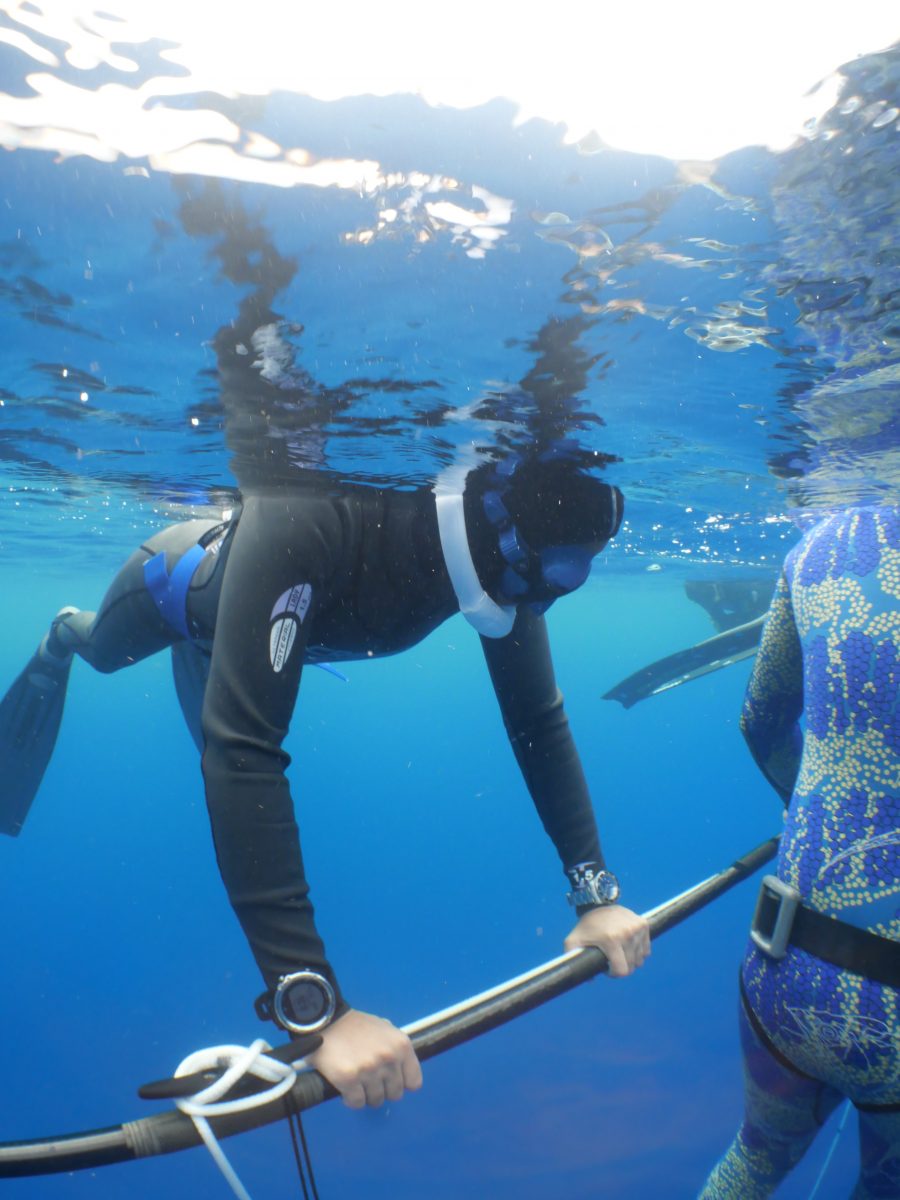
Breathing up before a dive
By the end of the Intermediate course I reached 30m, and was feeling pretty gassed. We then started straight into the advanced course. We delved into some more physiological understanding as well as some more advanced breathing techniques. This course was very challenging, but it felt very good! Over the progression of the class, I was able to push myself further and ended up reaching 45m on free immersion (pulling myself down the line) and 40m on a constant ballast dive (kicking down the line)!
Freediving, is ultimately a team sport. As blackout or near blackout events are risks, training is focused on safety measures, and how to support our fellow divers. We learnt how to respond to both scenarios in various situations, and practiced these skills incessantly. Switching over to professional training was great in enforcing this skillset as we had to think not only how to be able to respond, but how to teach proper response. So the last week and a half of training entailed the safety supervisor and instructor course. This was a huge perspective shift as we had to learn how to teach new divers the principles we had been practicing. Safety is the primary focus of the PFI mission, and these past few weeks have taught me how to measure risk and reward in the context of being a freediver.
I am really excited about this new skillset, and am looking forward to making freediving a part of my life. I am so grateful to Performance Freediving Academy, Performance Diving International and CRESSI for the support in this endeavor.
By Neha Acharya-Patel
